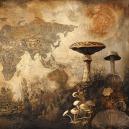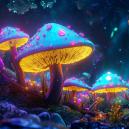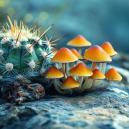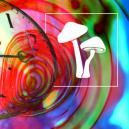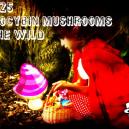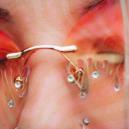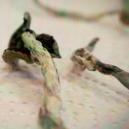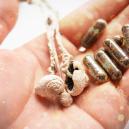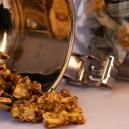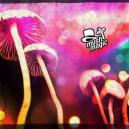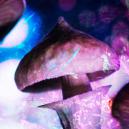A Guide To 4 Popular Psilocybin Mushrooms And Their Effects
Published : November 5th, 2018

Psilocybin is a powerful psychoactive molecule that can result in visual hallucinations and profound inner journeys. Here are 4 of the most common species.
Psilocybin mushrooms have been used in various cultures for millennia for their consciousness-altering effects. They are still used today to induce psychedelic voyages and to address psychological healing. A great deal of stigma still surrounds these life forms due to their illegal nature, however, research is starting to show their ability to break the chains of addiction, trauma, and other detrimental mental health issues.
Psilocybin mushrooms belong to quite a broad category of psychoactive fungus, with over 180 different species occupying the group. The main psychoactive prodrug within these mushrooms, psilocybin (and its active metabolite psilocin) produces perceptual changes, synaesthesia, distortions of the sense of time, and emotional changes.
Here are a few species that are popular or commonly found, each with varying potencies, chemical ratios, and psychoactive effects.
PSILOCYBE CUBENSIS
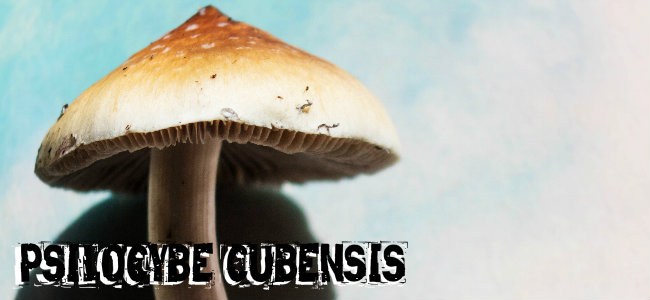
Psilocybe cubensis, also known as “cubes”, is a popular species of psilocybin mushroom when it comes to ingestion and cultivation. Distinctive characteristics of this species include dark purple and grey colours on the gills.
Psilocybe cubensis is known to contain around 0.63% psilocybin, 0.60% psilocin, and 0.25% baeocystin—a psychoactive analogue of psilocybin. These are regarded as average values, indicating why this species has become so popular. It’s not strong enough in small doses to overwhelm most users, yet can still provide a powerful experience. A beginner dose of this mushroom is between 1–1.5g dried. Effects begin after around 1 hour and include visual distortions and spiritual experiences.
PSILOCYBE TAMPANENSIS
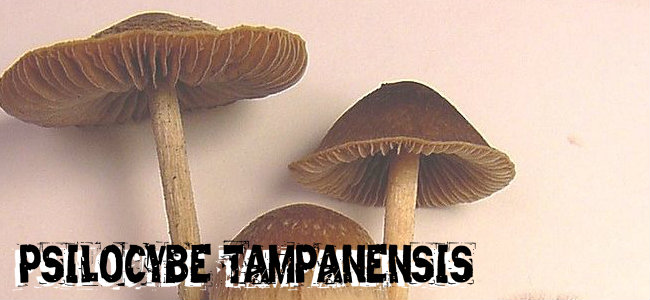
Psilocybe tampanensis is regarded as a rare mushroom in the wild. The fruiting bodies of this fungus are yellow and brown in colour, with convex caps and thin stems. This species also forms what is known as a sclerotia underground, sometimes called philosopher's stones. A sclerotia is a mass of mycelium very similar to a truffle.
Psilocybe tampanensis contains an average of 0.68% psilocybin and 0.32% psilocin. However, mycologists have determined that dried fruiting bodies can house up to 1% psilocybin and psilocin. The effects of this species are reported to be introspective, sending individuals on an inner journey. They are also reported to boost artistic creativity.
PSILOCYBE SEMILANCEATA
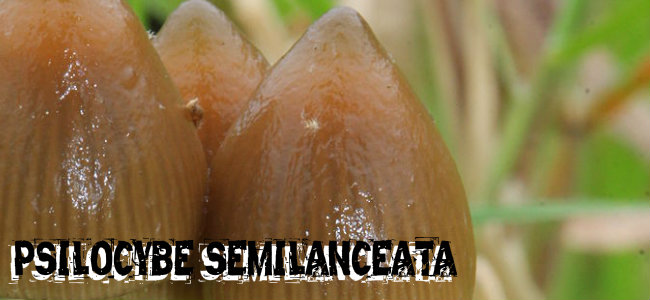
Psilocybe semilanceata, commonly referred to as liberty cap, is one of the most commonly found psilocybin mushrooms in nature, and also one of the most potent. The fruiting bodies have a distinctive conical to bell-shaped cap with a small nipple on top. They are yellow and brown when young and eventually pale in colour as they age. This species is usually found within grassland habitats, where it feeds off of decaying grass roots.
Psilocybe semilanceata has been found to contain an average of 0.98% psilocybin to a maximum of 2.37%, the highest concentration of the hallucinogen ever reported in a mushroom. Psilocybe semilanceata is reported to bring about strong visual hallucinations.
PSILOCYBE BAEOCYSTIS
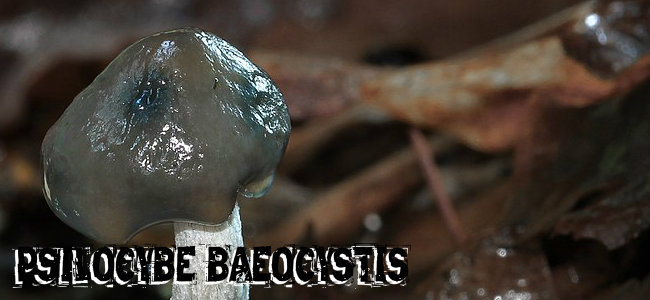
Psilocybe baeocystis has several common names, including bottle caps, knobby tops, blue bells, and olive caps. The mushrooms are often found on ground bark, wood chips, peat moss, and decaying conifer mulch. Fruiting bodies feature caps between 1.5–5.5cm in diameter and are conic to obtusely conic to convex.
Psilocybe baeocystis has been found to contain 0.15–0.85% psilocybin, 0.59% psilocin, and 0.10% baeocystin. The species is reported to offer colourful visuals and a boosted sense of fun. However, as with all psychedelics, bad trips have been reported.

